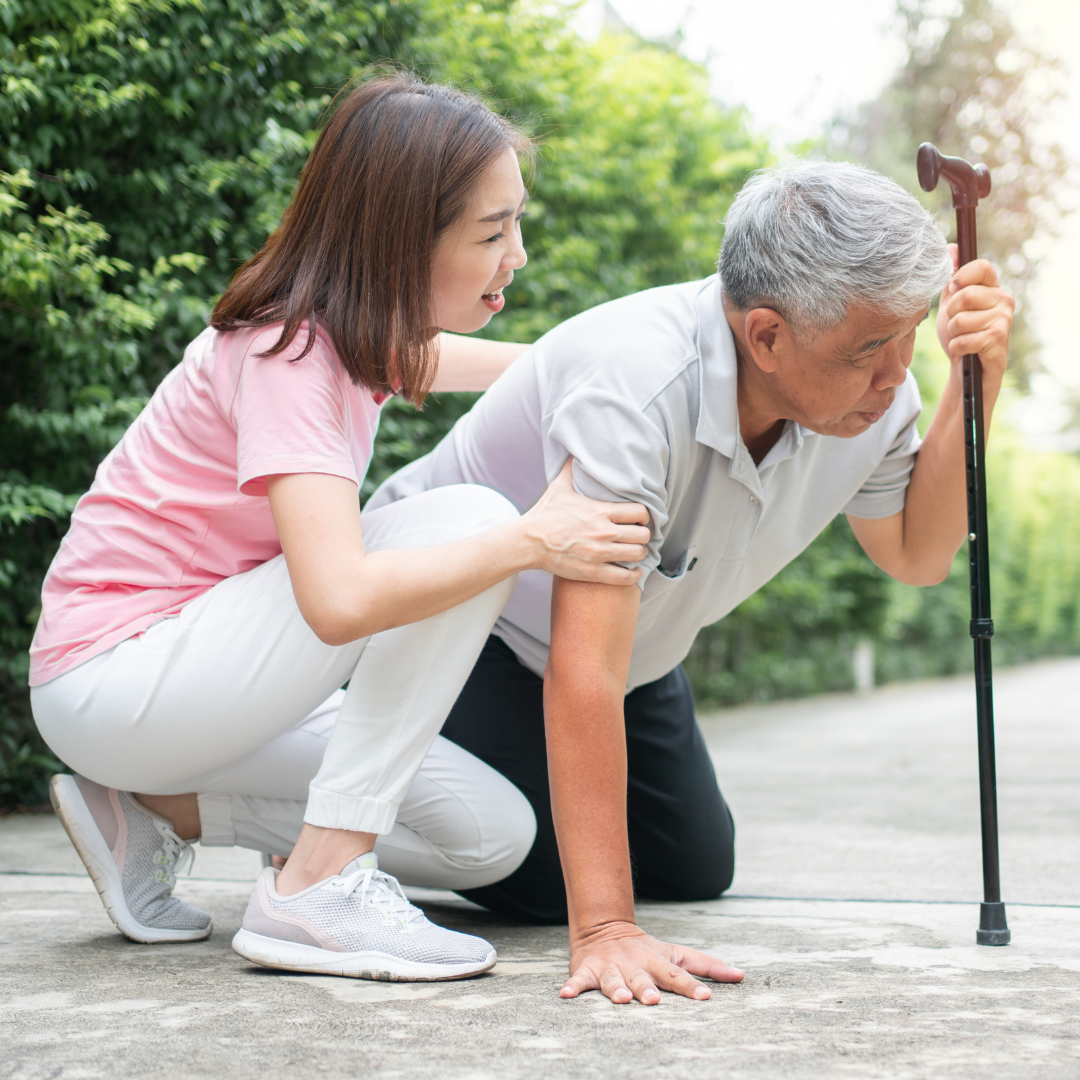Menu

As your loved one gets older, fall prevention is a crucial topic to think about. As they get older, physical changes, health issues, and occasionally the medications used to address those issues increase their risk of falling. In fact, falls rank first among the injuries that older persons sustain and often leads to further complications that can substantially impact your loved one’s quality of life.
Consider some simple tips and changes you can make to help prevent slips and falls for your loved one, to keep them healthy.
Consult a healthcare professional
Initially, schedule a consultation with their doctor. The doctor may want to discuss the following with you in order to determine your risk of falling and suggest fall prevention techniques:
Continue to move
Physical activity can help with fall prevention. Consider walking, water workouts, or tai chi — a gentle exercise that involves slow and graceful dance-like movements — with their doctor's approval. These activities help to improve strength, balance, coordination, and flexibility, which reduces the risk of falling.
Inform their health care provider if they avoid physical activity because they are afraid it will increase their chances of falling. The provider may advise them to participate in carefully monitored exercise programs or refer them to a physical therapist. The physical therapist can design a personalized exercise programme to improve balance, flexibility, and muscle strength.
Appropriate footwear
As part of the fall prevention strategy, think about changing their footwear. Slipping, stumbling, and falling can occur when wearing high heels, floppy slippers, or shoes with slick soles. Walking in socks can also be harmful. Instead, equip them with shoes that are properly fitted, sturdy, flat, and have nonskid soles. Shoes that are comfortable may also help to alleviate joint pain.
Geri Fashions carries a variety of adaptive and Velcro-closure shoes and slippers for men and women. The large Velcro fasteners allow adaptive slippers to open wider than a traditional slipper so that the individual's foot may be placed inside with minimal effort. Adaptive slippers provide protection while still being comfortable to wear. Our men's and women's adaptive slippers are great for both indoor and outdoor use as they have a hard rubber sole that makes them easy to walk in.
Remove any potential hazards in their home
Examine their surroundings for potential fall hazards. To make the home more secure:
Illuminate the living space
Keep the home well-lit to avoid tripping over objects that are difficult to see.
Make use of assistive devices
To keep them stable, the doctor may advise them to use a cane or walker. Other assistive devices can also be beneficial. For example:
Making a few small changes around your loved one’s home can make a big difference in avoiding slips and falls at home.